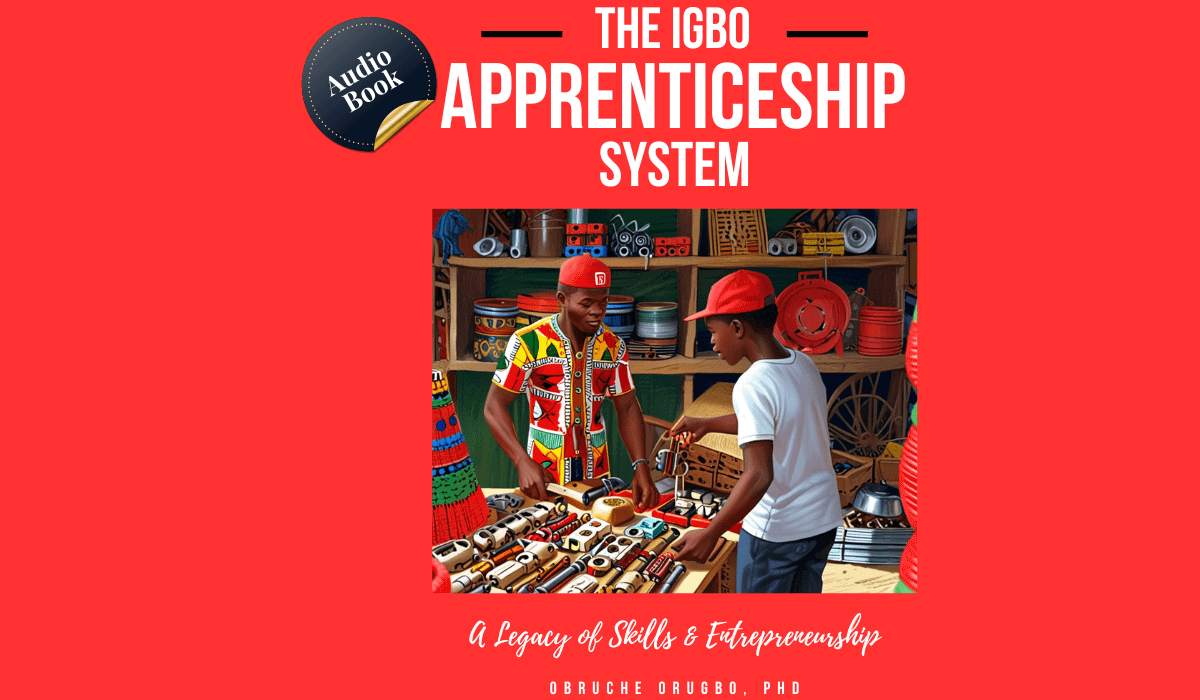Section Summary
“Elevate Your Style: Master the Art of Fashion Entrepreneurship Without Breaking the Bank!”
Cost-Effective Branding Strategies for Fashion Startups
Building a standout fashion business on a budget requires a strategic approach to branding that maximizes impact while minimizing costs. In the competitive landscape of the fashion industry, effective branding is essential for establishing a unique identity and attracting a loyal customer base. Fortunately, there are several cost-effective strategies that startups can employ to create a memorable brand presence without breaking the bank.
To begin with, it is crucial to define your brand’s core values and target audience. Understanding who your ideal customer is and what your brand stands for will serve as the foundation for all branding efforts. This clarity not only guides design choices but also informs marketing strategies, ensuring that every piece of content resonates with the intended audience. By conducting thorough market research, startups can identify gaps in the market and tailor their offerings to meet specific consumer needs, thereby enhancing their brand’s relevance.
Once the brand identity is established, the next step is to create a cohesive visual identity. This includes designing a logo, selecting a color palette, and choosing typography that reflects the brand’s personality. While hiring a professional designer can be costly, there are numerous online tools and platforms that offer affordable design services or templates. Websites like Canva and Adobe Spark provide user-friendly interfaces that allow entrepreneurs to create professional-looking graphics without extensive design skills. By investing time in learning these tools, startups can produce high-quality visuals that effectively communicate their brand message.
In addition to visual elements, storytelling plays a pivotal role in branding. Crafting a compelling narrative around the brand can significantly enhance its appeal. Startups should focus on sharing their journey, values, and the inspiration behind their collections. This narrative can be communicated through various channels, including social media, blogs, and email newsletters. By engaging customers with authentic stories, brands can foster emotional connections that encourage loyalty and word-of-mouth referrals.
Social media platforms are invaluable for fashion startups looking to build their brand on a budget. These platforms not only provide a space for showcasing products but also facilitate direct interaction with customers. By consistently posting high-quality content, engaging with followers, and utilizing relevant hashtags, startups can increase their visibility and reach a broader audience. Collaborating with micro-influencers can also be a cost-effective way to expand brand awareness. These influencers often have dedicated followings and are more affordable than their larger counterparts, making them ideal partners for startups seeking to amplify their message.
Moreover, leveraging user-generated content can enhance brand credibility and foster community engagement. Encouraging customers to share their experiences with the brand on social media not only provides authentic testimonials but also creates a sense of belonging among consumers. Startups can incentivize this behavior by hosting contests or featuring customer photos on their official channels, thereby reinforcing brand loyalty.
Finally, it is essential to monitor and adapt branding strategies based on customer feedback and market trends. Utilizing analytics tools can provide insights into what resonates with the audience, allowing startups to refine their approach continually. By remaining flexible and responsive to consumer preferences, fashion businesses can ensure that their branding remains relevant and impactful.
In conclusion, building a standout fashion business on a budget is achievable through strategic branding efforts that prioritize authenticity, creativity, and engagement. By defining a clear brand identity, utilizing cost-effective design tools, harnessing the power of storytelling, and leveraging social media, startups can create a memorable brand presence that resonates with their target audience. With careful planning and execution, even the most budget-conscious entrepreneurs can carve out a niche in the competitive fashion industry.
Affordable Marketing Techniques to Boost Your Fashion Business
In the competitive landscape of the fashion industry, establishing a standout brand on a budget can be a daunting task. However, with the right marketing techniques, it is entirely possible to create a strong presence without breaking the bank. One of the most effective strategies is leveraging social media platforms. These platforms not only provide a cost-effective way to reach a broad audience but also allow for direct engagement with potential customers. By creating visually appealing content that showcases your products, you can attract followers and build a community around your brand. Regularly posting behind-the-scenes glimpses, styling tips, and user-generated content can further enhance engagement and foster loyalty among your audience.
In addition to social media, email marketing remains a powerful tool for fashion businesses. Building an email list allows you to communicate directly with interested customers, providing them with exclusive offers, updates, and personalized content. To grow your list, consider offering incentives such as discounts or free resources in exchange for email sign-ups. Once you have a list, segmenting your audience based on their preferences can lead to more targeted and effective campaigns, ultimately driving sales and increasing customer retention.
Moreover, collaborating with influencers can significantly amplify your brand’s visibility without incurring substantial costs. Micro-influencers, in particular, often have highly engaged audiences and are more affordable than their larger counterparts. By partnering with influencers who align with your brand values, you can tap into their follower base and gain credibility through authentic endorsements. It is essential, however, to choose influencers whose aesthetics and audience resonate with your brand to ensure a genuine connection.
Another affordable marketing technique is content marketing, which involves creating valuable and relevant content to attract and engage your target audience. This could include blog posts, style guides, or videos that provide insights into fashion trends, styling advice, or sustainability practices. By positioning your brand as a knowledgeable authority in the fashion space, you can build trust and encourage potential customers to choose your products over competitors. Additionally, optimizing your content for search engines can enhance your online visibility, driving organic traffic to your website.
Networking within the fashion community can also yield significant benefits. Attending local fashion events, trade shows, or workshops can provide opportunities to connect with other professionals, potential collaborators, and customers. Building relationships within the industry can lead to valuable partnerships, cross-promotions, and increased exposure for your brand. Furthermore, participating in community events or sponsoring local initiatives can enhance your brand’s reputation and foster goodwill among potential customers.
Lastly, utilizing user-generated content can be an effective way to market your fashion business on a budget. Encouraging customers to share their photos wearing your products on social media not only provides you with authentic content but also serves as social proof, influencing potential buyers. Creating a branded hashtag can help streamline this process and make it easier for you to find and share customer posts, further enhancing your brand’s visibility.
In conclusion, building a standout fashion business on a budget is achievable through a combination of strategic marketing techniques. By harnessing the power of social media, email marketing, influencer collaborations, content creation, networking, and user-generated content, you can effectively promote your brand and drive sales without incurring significant expenses. With creativity and resourcefulness, your fashion business can thrive in a competitive market.
Essential Tools and Resources for Budget-Friendly Fashion Entrepreneurs
Building a standout fashion business on a budget requires strategic planning and the utilization of essential tools and resources that can enhance efficiency while minimizing costs. For aspiring fashion entrepreneurs, understanding which tools to leverage can make a significant difference in establishing a brand that resonates with consumers. First and foremost, digital design software is crucial for creating compelling visuals. Programs such as Canva and Adobe Spark offer user-friendly interfaces that allow entrepreneurs to design logos, marketing materials, and social media posts without the need for extensive graphic design skills. These platforms often provide free versions or affordable subscription plans, making them accessible for those operating on a tight budget.
In addition to design tools, a reliable e-commerce platform is vital for reaching customers effectively. Platforms like Shopify and WooCommerce provide entrepreneurs with the ability to set up online stores with minimal upfront investment. These services often include customizable templates, payment processing, and inventory management features, which streamline the selling process. Furthermore, many of these platforms offer free trials, allowing entrepreneurs to test their functionalities before committing financially. Transitioning from design and e-commerce, it is essential to consider the importance of social media management tools. Applications such as Hootsuite and Buffer enable entrepreneurs to schedule posts, analyze engagement metrics, and manage multiple social media accounts from a single dashboard. By utilizing these tools, fashion entrepreneurs can maintain a consistent online presence, which is crucial for brand visibility and customer engagement.
Moreover, leveraging free or low-cost marketing resources can significantly enhance a fashion business’s reach. Content marketing, for instance, can be effectively executed through blogging and social media. Platforms like WordPress and Medium allow entrepreneurs to share their insights, fashion tips, and brand stories, thereby establishing authority in the industry while attracting potential customers. Additionally, engaging with influencers or micro-influencers can provide a cost-effective way to promote products. Many influencers are open to collaborations in exchange for free products or services, which can lead to increased exposure without the need for substantial financial investment.
As the business grows, managing finances becomes increasingly important. Budgeting tools such as Mint or Wave can help entrepreneurs track expenses, manage cash flow, and create financial forecasts. These tools are often free or low-cost, making them ideal for those who are just starting. By maintaining a clear understanding of financial health, entrepreneurs can make informed decisions that support sustainable growth. Furthermore, networking is an invaluable resource for budget-friendly fashion entrepreneurs. Joining online communities, attending local fashion events, or participating in workshops can provide access to mentorship, collaboration opportunities, and industry insights. Platforms like LinkedIn and Facebook groups can facilitate connections with other professionals, fostering relationships that may lead to partnerships or valuable advice.
Lastly, it is essential to remain adaptable and open to learning. The fashion industry is ever-evolving, and staying informed about trends, consumer preferences, and technological advancements can provide a competitive edge. Online courses and webinars, many of which are available for free or at a low cost, can enhance skills in areas such as marketing, design, and business management. By utilizing these essential tools and resources, budget-friendly fashion entrepreneurs can build a standout business that not only captures attention but also thrives in a competitive marketplace. Ultimately, the combination of creativity, strategic resource management, and continuous learning will pave the way for success in the dynamic world of fashion.








